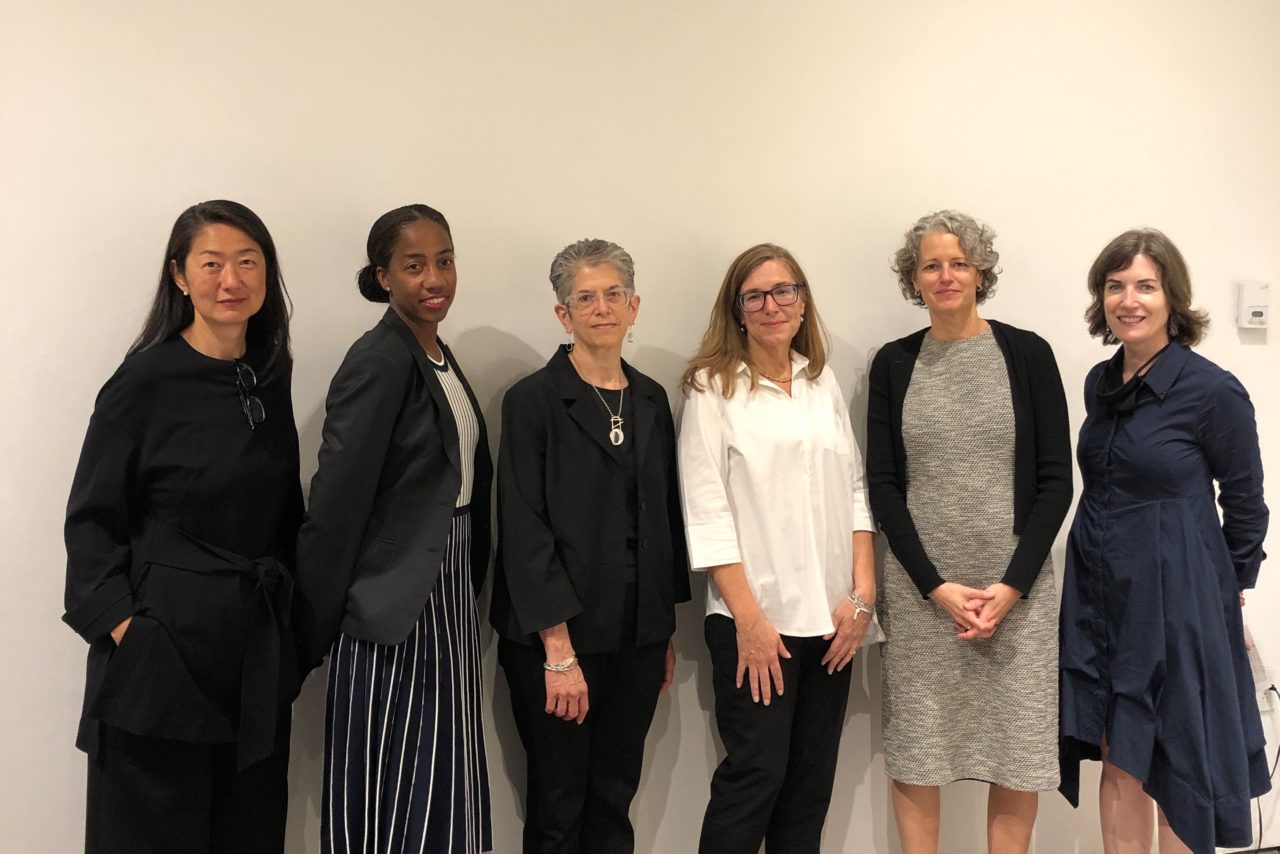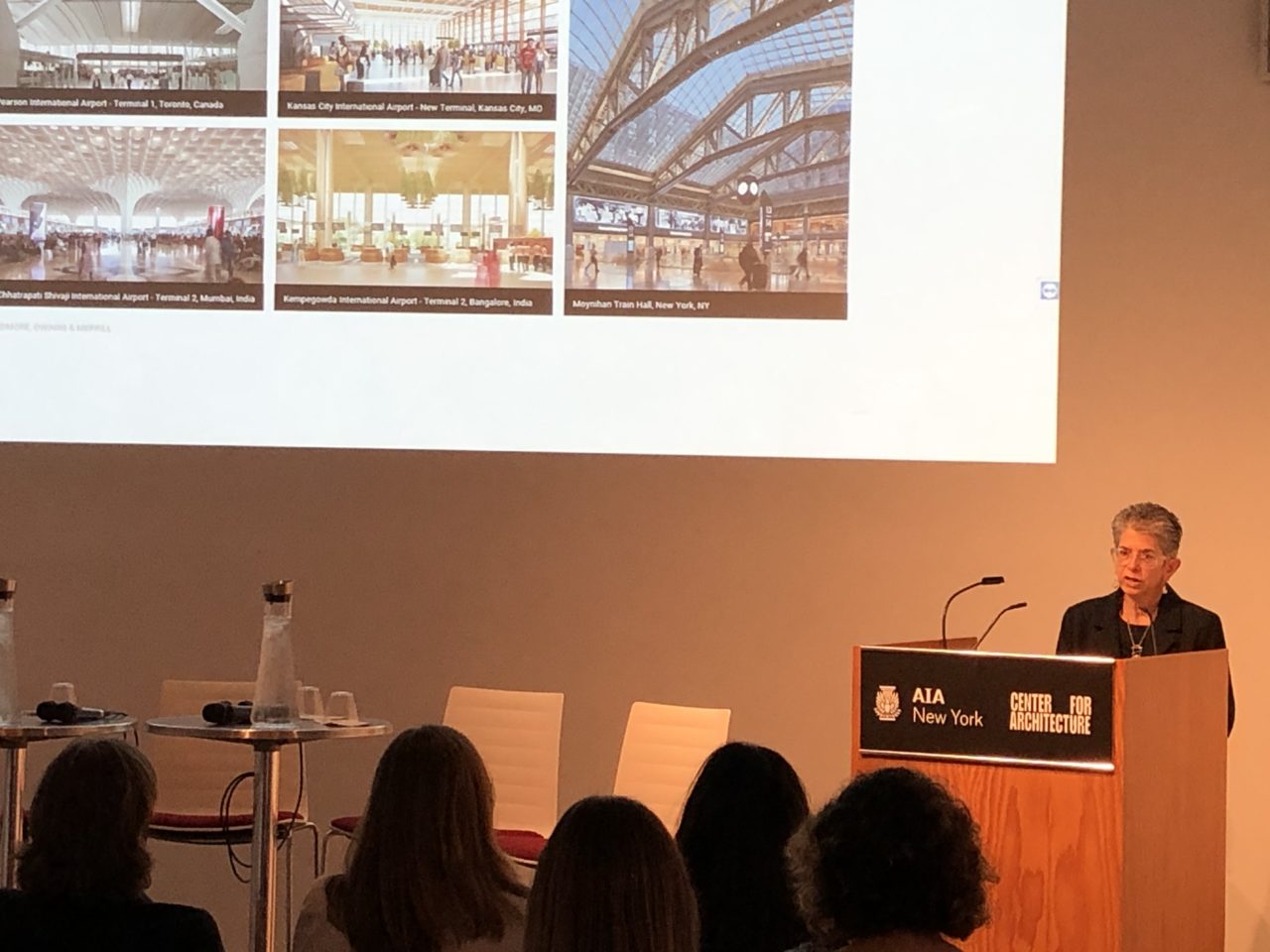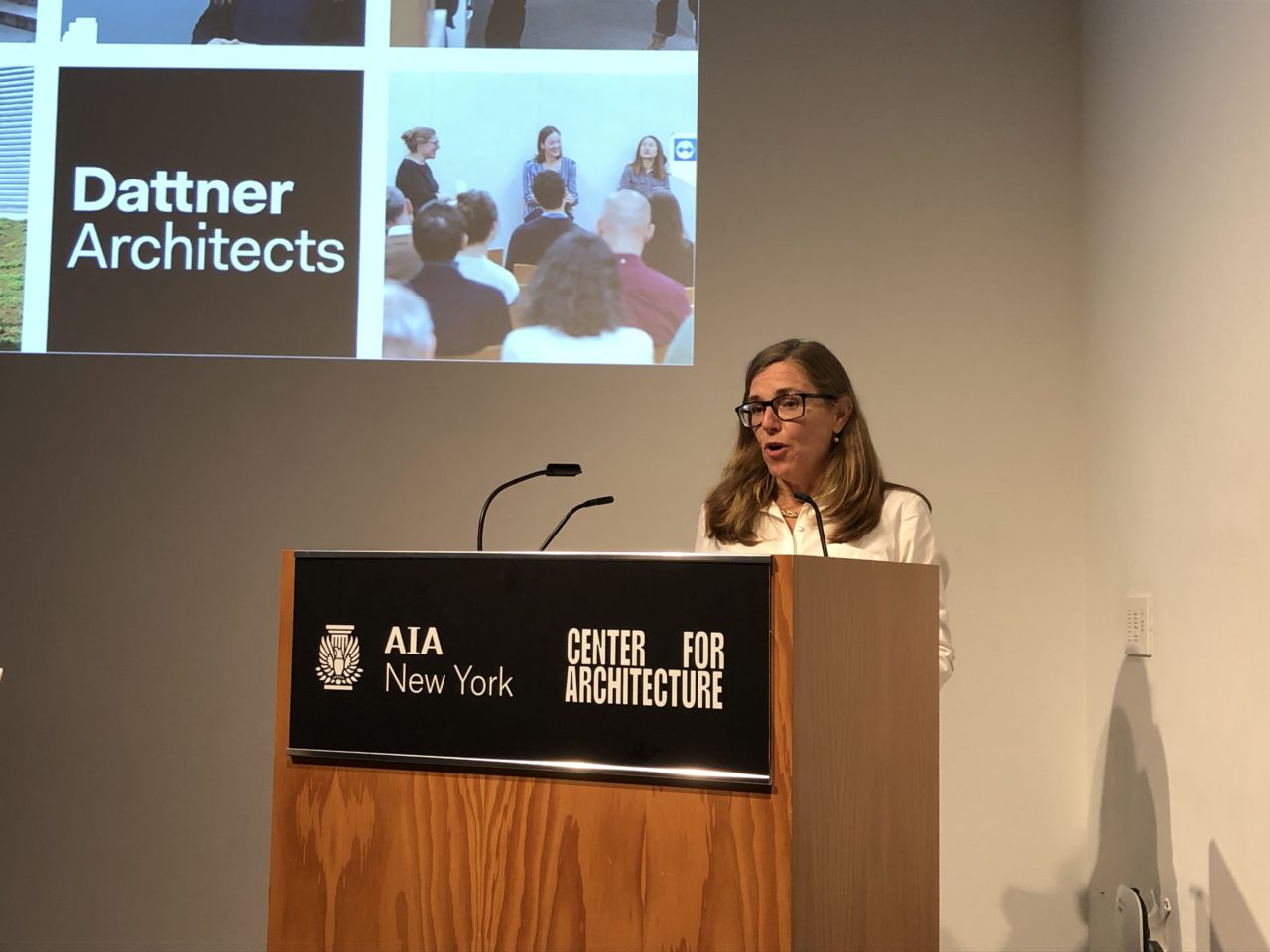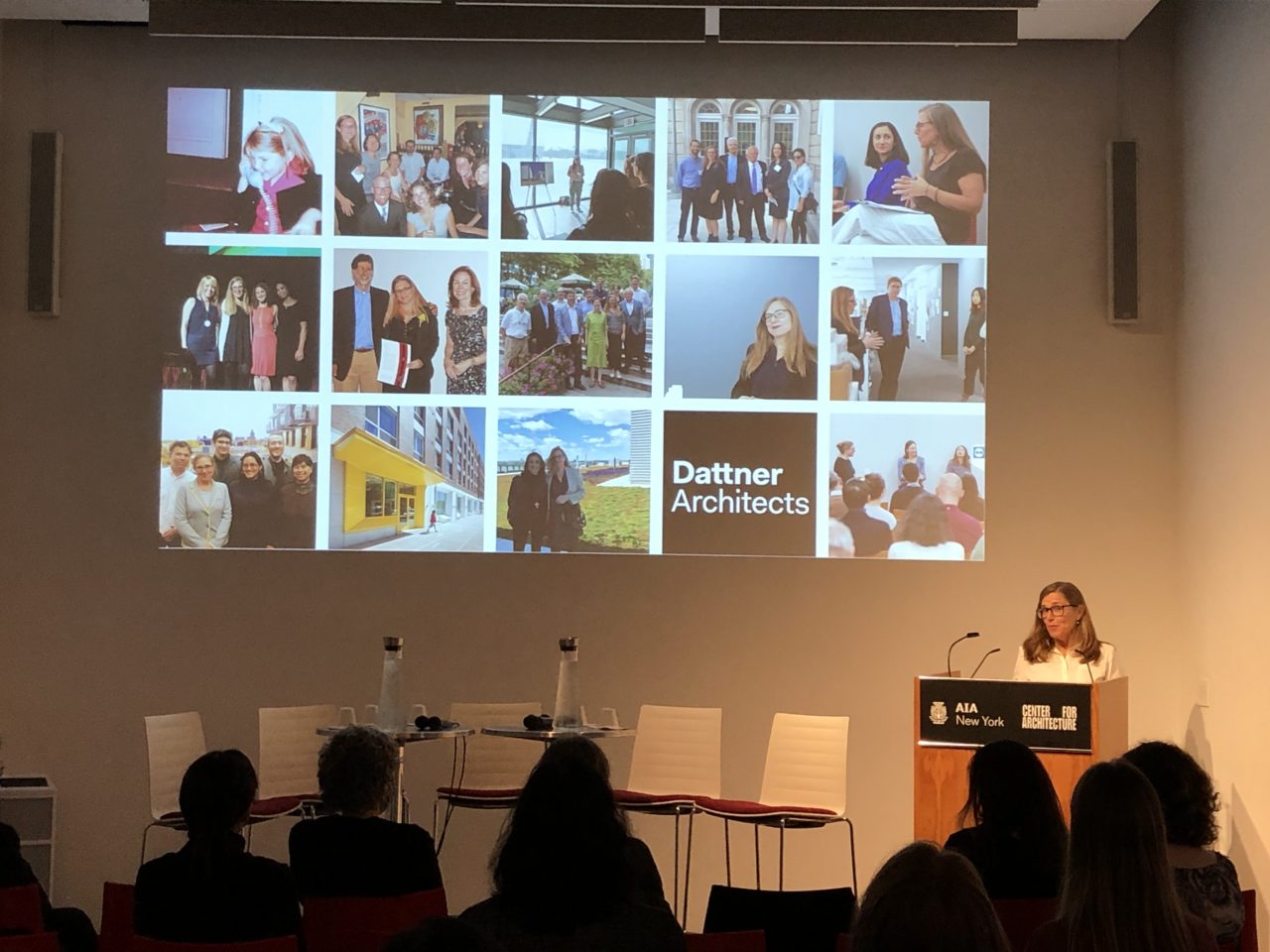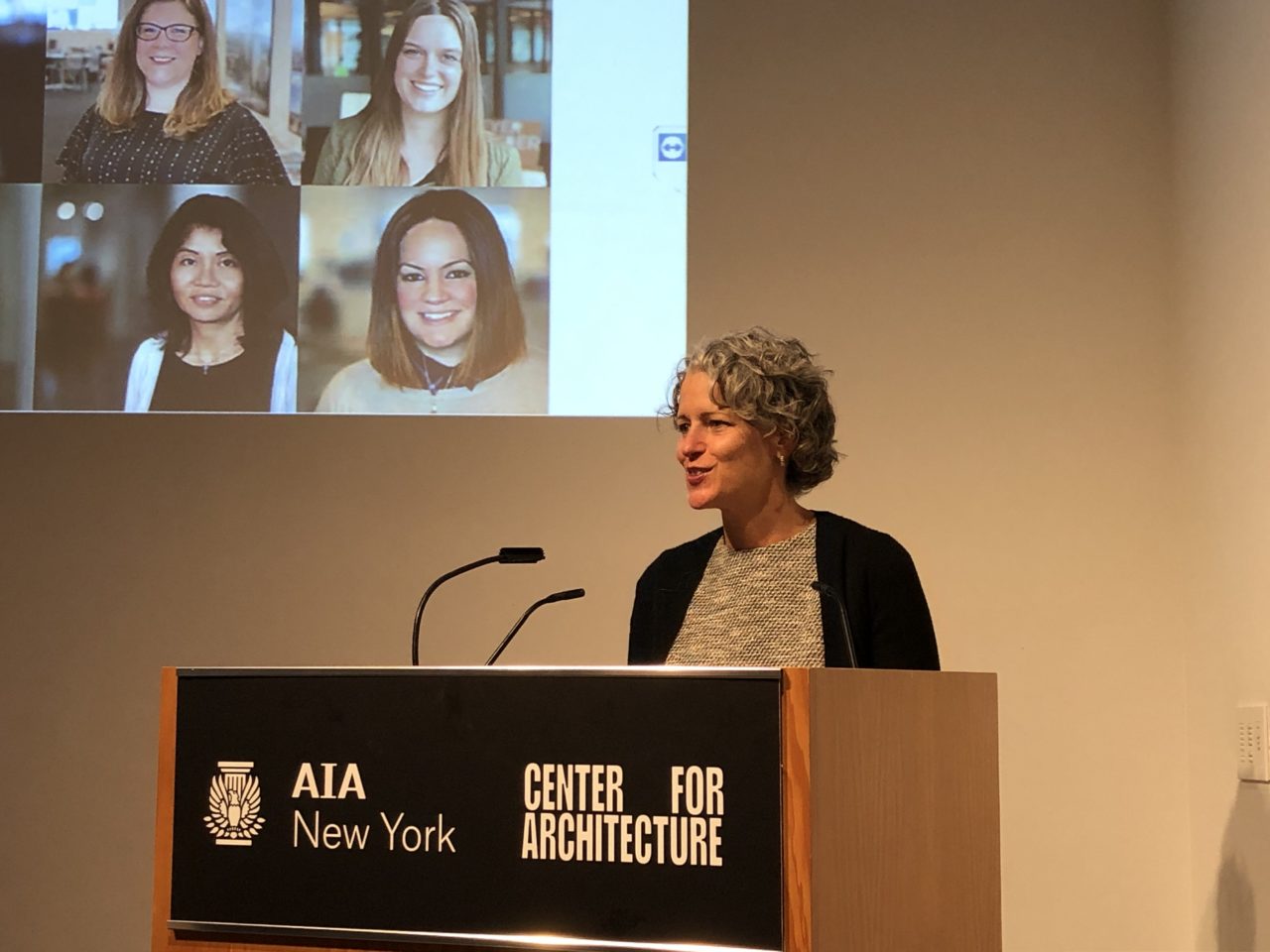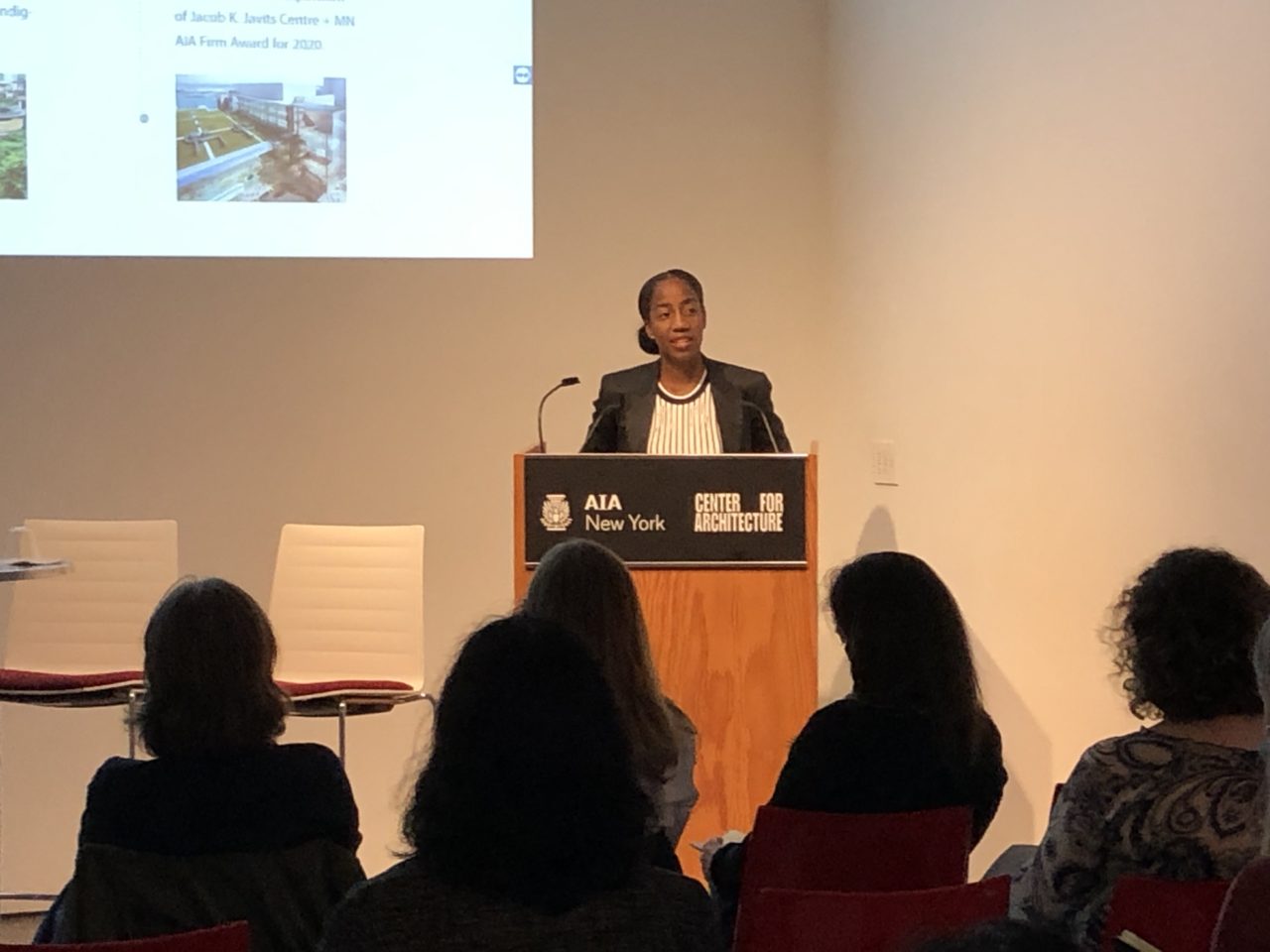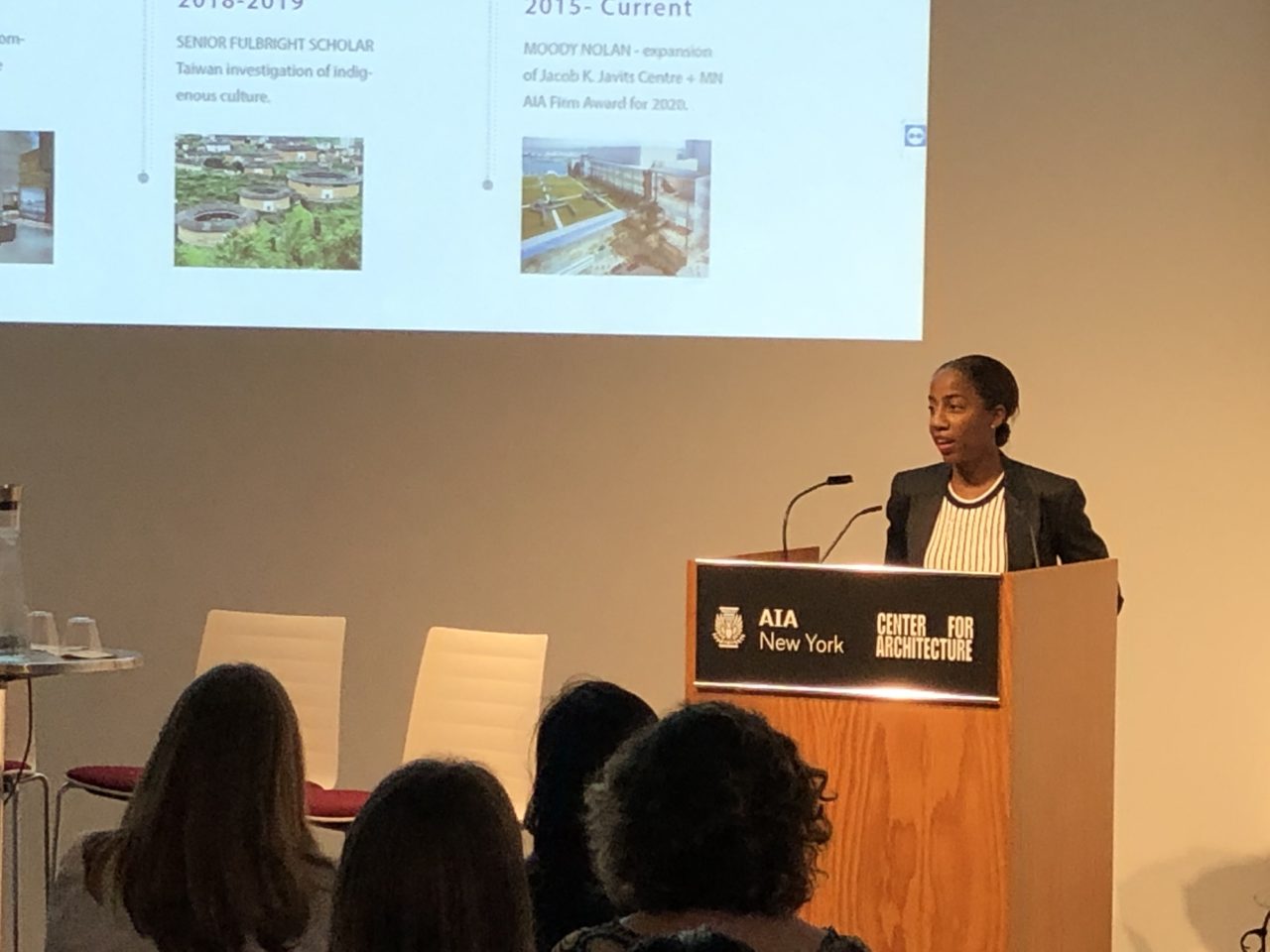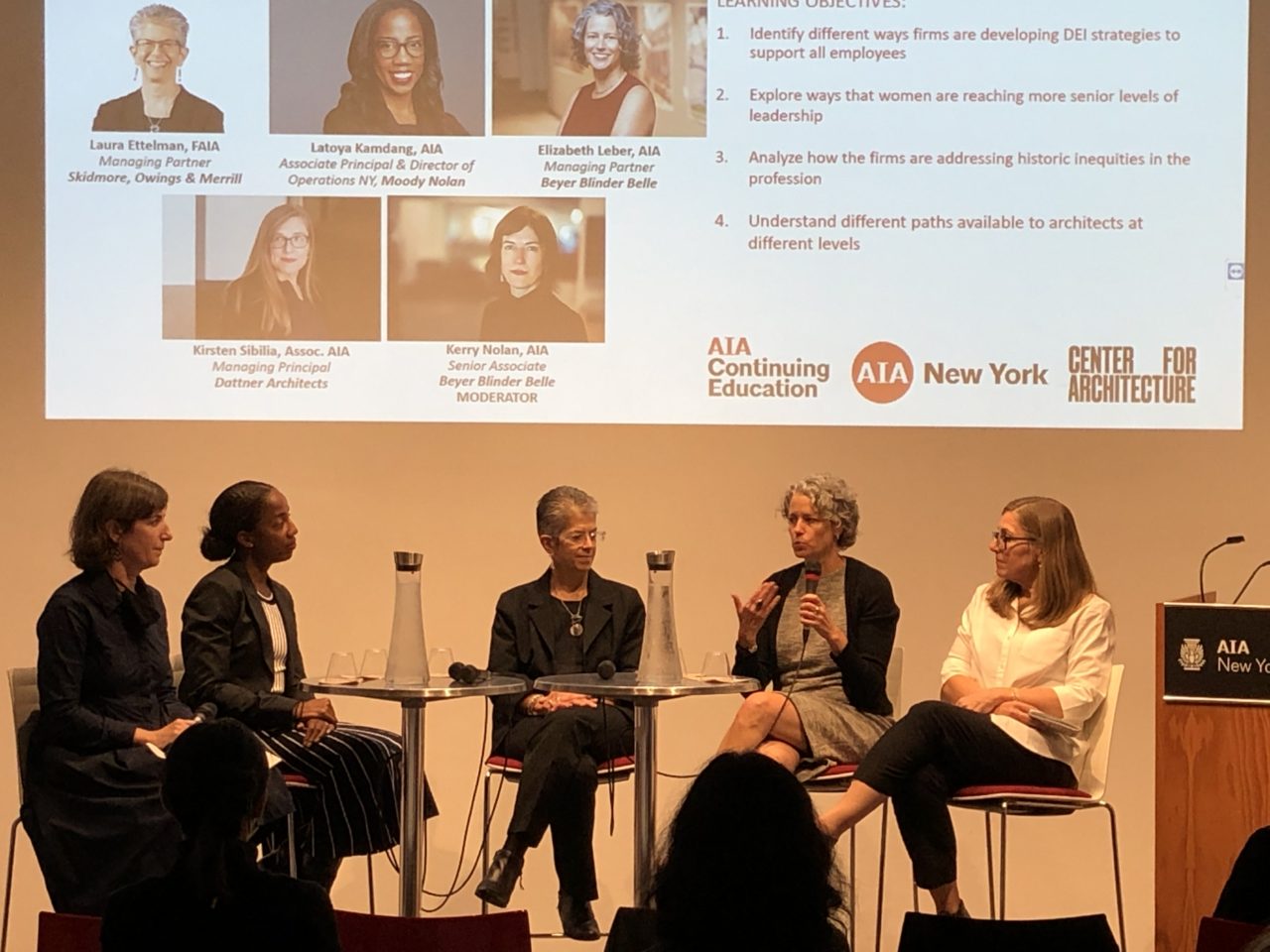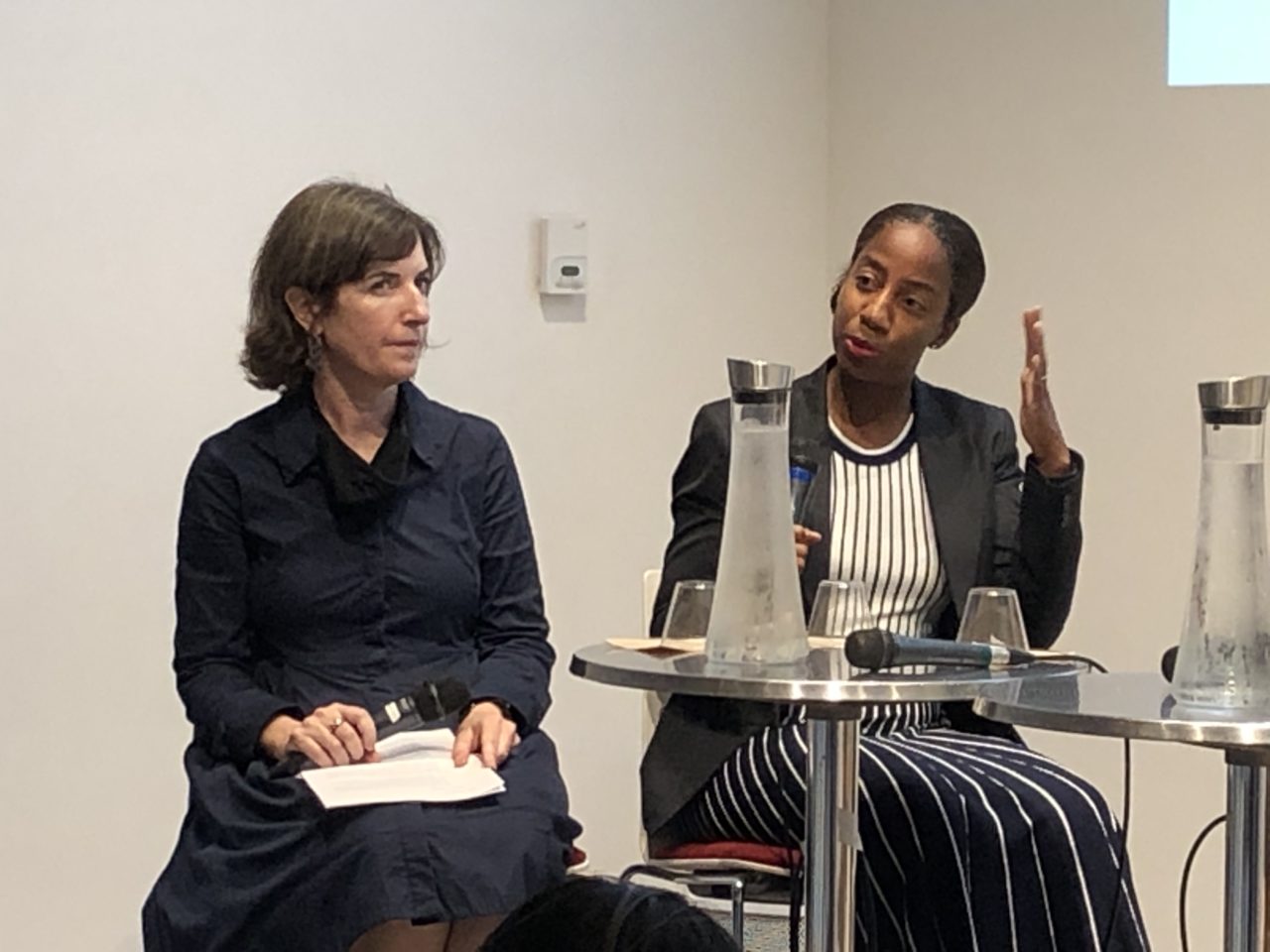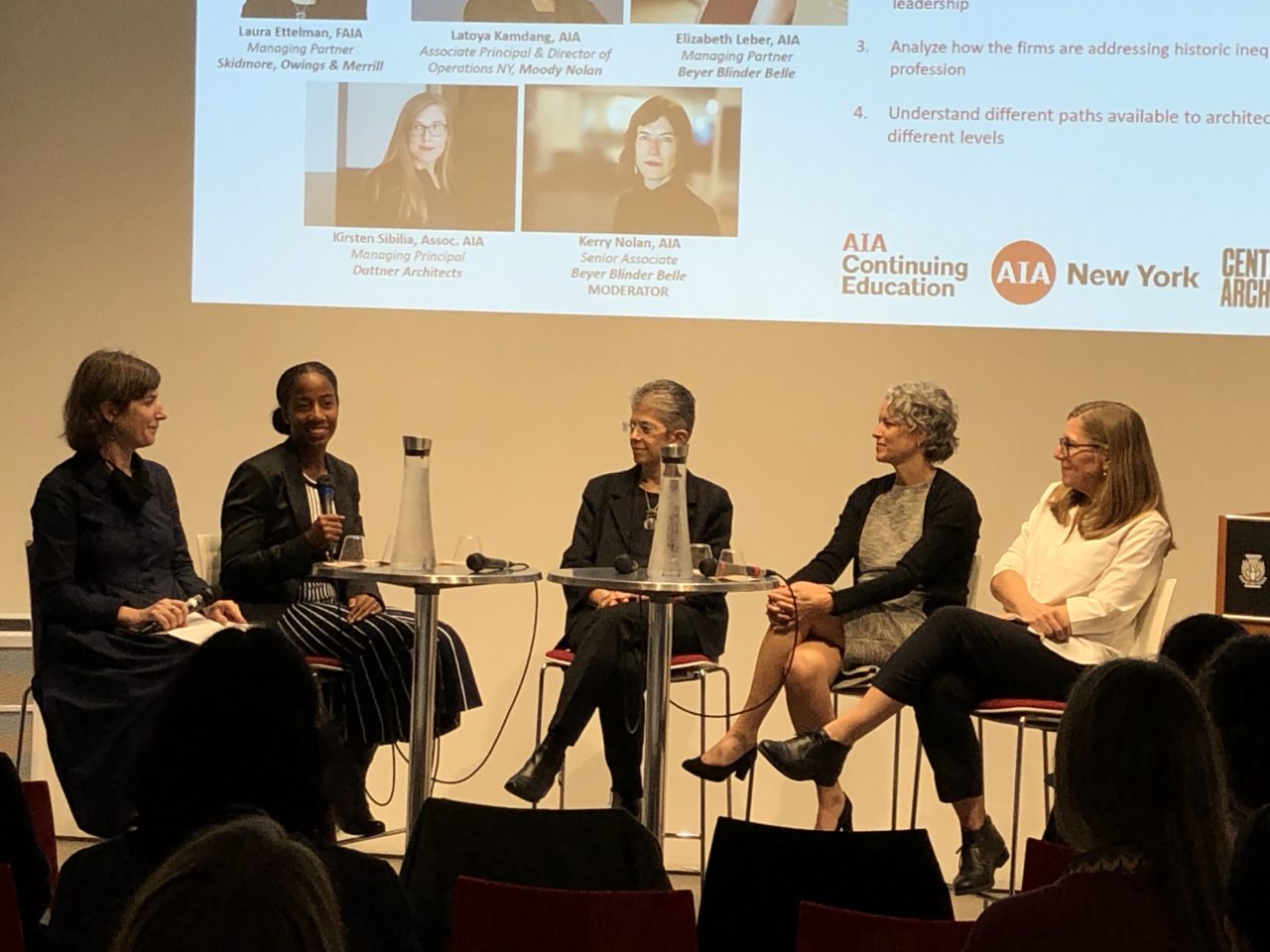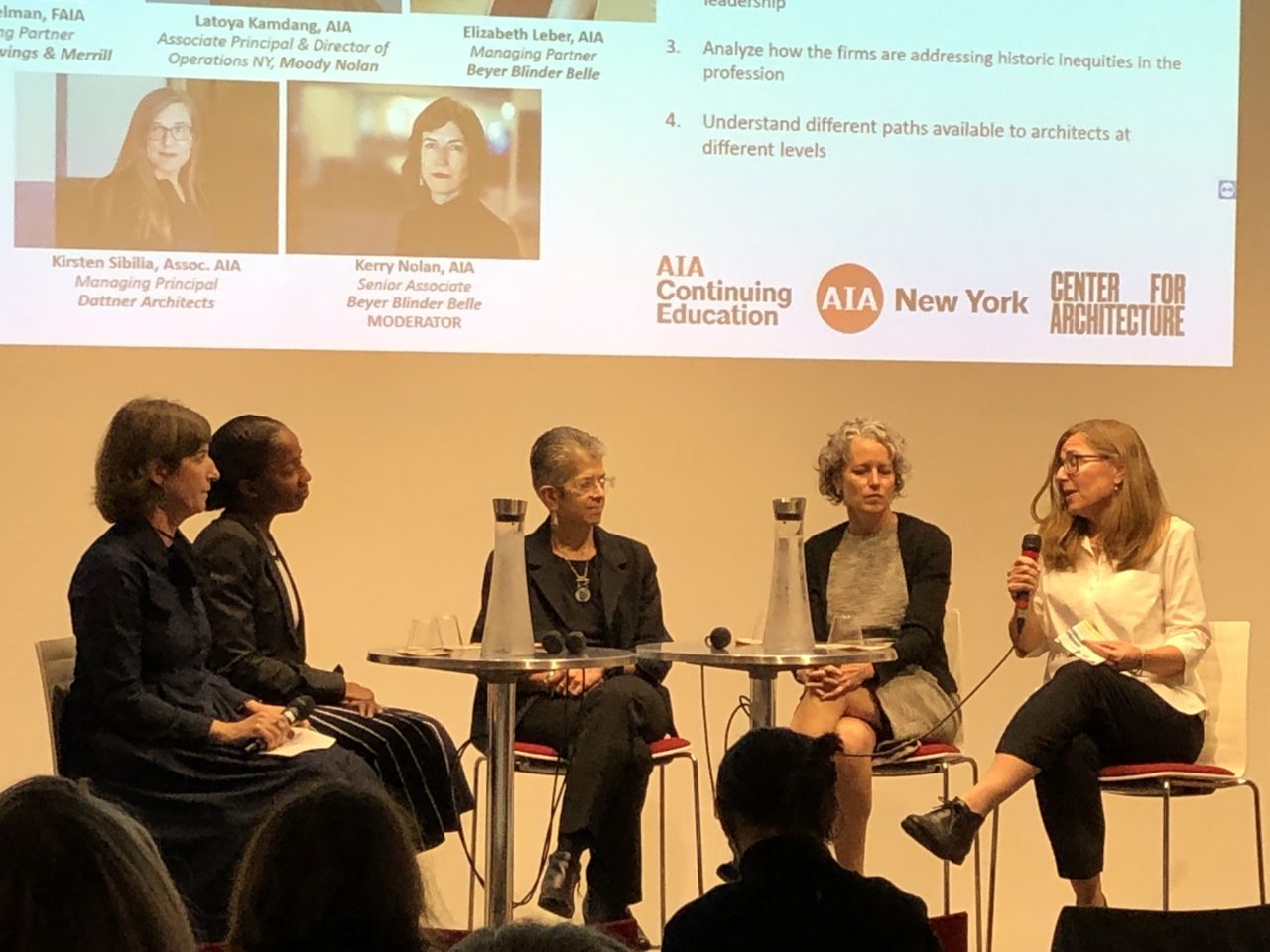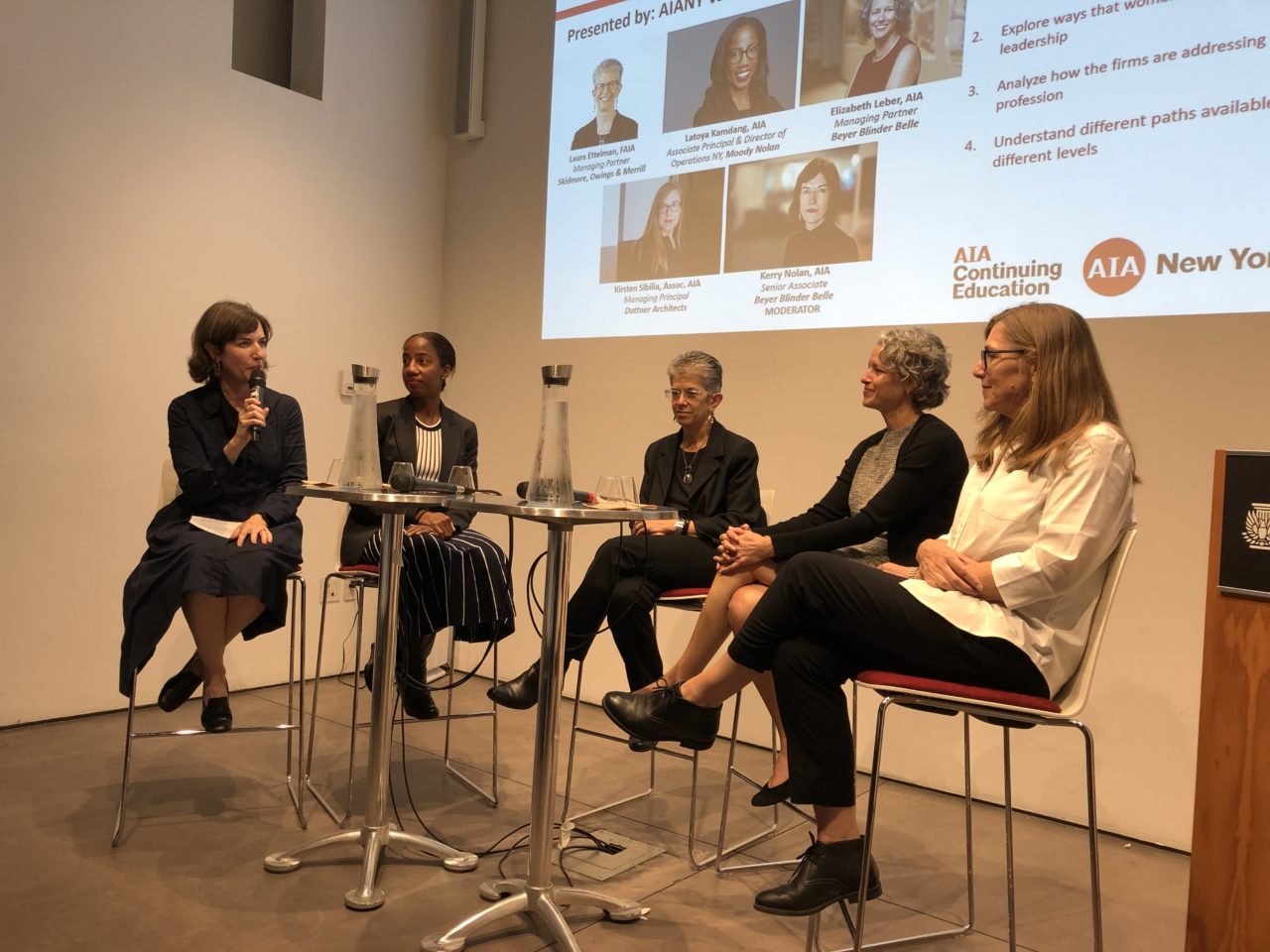-
November 2, 2021Women at the Helm
![211013 AIANY WIA WomenAtTheHelm (2)]()
![211013 AIANY WIA WomenAtTheHelm (3)]()
![211013 AIANY WIA WomenAtTheHelm (14)]()
![211013 AIANY WIA WomenAtTheHelm (15)]()
![211013 AIANY WIA WomenAtTheHelm (10)]()
![211013 AIANY WIA WomenAtTheHelm (7)]()
![211013 AIANY WIA WomenAtTheHelm (5)]()
![211013 AIANY WIA WomenAtTheHelm (4)]()
![211013 AIANY WIA WomenAtTheHelm (30)]()
![211013 AIANY WIA WomenAtTheHelm (29)]()
![211013 AIANY WIA WomenAtTheHelm (28)]()
![211013 AIANY WIA WomenAtTheHelm (26)]()
![211013 AIANY WIA WomenAtTheHelm (24)]()
![211013 AIANY WIA WomenAtTheHelm (23)]()
![211013 AIANY WIA WomenAtTheHelm (21)]()
![211013 AIANY WIA WomenAtTheHelm (20)]()
![211013 AIANY WIA WomenAtTheHelm (19)]()
![211013 AIANY WIA WomenAtTheHelm (17)]()
After its first in-person committee meeting last month, the AIANY Women in Architecture Committee held its first in-person panel discussion at the Center for Architecture since March 2020. Titled Women at the Helm, the panel featured managing partners and principals from leading New York firms. Laura Ettelman, FAIA, Managing Partner, Skidmore, Owings & Merrill; Latoya Nelson Kamdang, AIA, Associate Principal and Director of Operations, New York Studio, Moody Nolan; Elizabeth Leber, AIA, Managing Partner, Beyer Blinder Belle Architects and Planners; and Kirsten Sibilia, Assoc. AIA, Managing Principal, Dattner Architects shared their personal and professional paths, providing fascinating insights into their journeys toward becoming leaders.
Laura Ettelman spoke about her journey from being a Project Architect to Managing Partner and the importance of being patient, building good teams, listening to clients, stepping back and allowing team members to step forward. Latoya Kamdang had an unconventional path from holding a business degree to studying architecture and switching careers. She spoke about the importance of flexibility to redesign one’s path and the art of truly finding where one’s interests lie, which is vital to success. Elizabeth Leber showcased her team and shared that she is most proud of the people she has worked with, while pointing out that being focused and goal oriented are what led her to her leadership position as Managing Partner. Kirsten Sibilia highlighted her role as the first allied professional Managing Partner at Dattner Architects, and shared that stepping up, asking a lot of questions, and trusting people along the way led her to her position where she can empower others.
The panel discussion was moderated by WIA Advisory Board Member and Senior Associate at Beyer Blinder Belle, Kerry Nolan, AIA. Through answering the questions, the speakers elaborated on common challenges which included “taking the helm” during the pandemic. They acknowledged that the “little triumphs” are invigorating, particularly during this time. They also spoke about the impact of hiring and nurturing talent, providing a successful example of what a diverse practice can look like, and showing people that diversity is a profitable, good business model.
We thank our panelists for sharing their stories and our audience for participating and asking thoughtful questions, leading to a meaningful discussion.
Women in Architecture
The definitive leadership resource for women in the architecture profession. The Women in Architecture (WIA) Committee develops and promotes women leaders within the architecture profession, with a focus on mentorship, licensure, and networking opportunities in architecture and the allied design and building industries.








